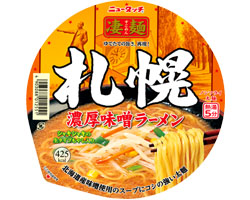Sapporo Ramen (Hokkaido Pref.)
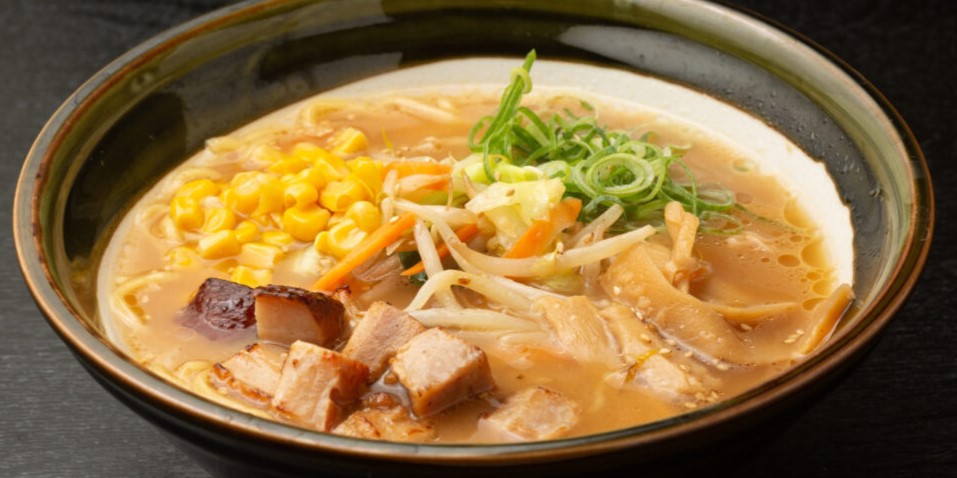
What is Sapporo Ramen(札幌ラーメン)?
This ramen originated in Sapporo, Hokkaido, and is considered one of the three major ramen in Japan, and is well-known throughout the country. Curly, highly hydrated aged noodles developed by Nishiyama Seimenjo Noodle Factory(西山製麺所) are common. These water-rich aged noodles are chewy, elastic, and have a strong stickiness. To prevent the ramen from getting cold, add something like lard to the soup. Currently, there are many miso ramen types, but there are many other types other than miso as well. There are over 1,000 ramen shops in Sapporo, and the city is sometimes referred to as the “Ramen Kingdom.”
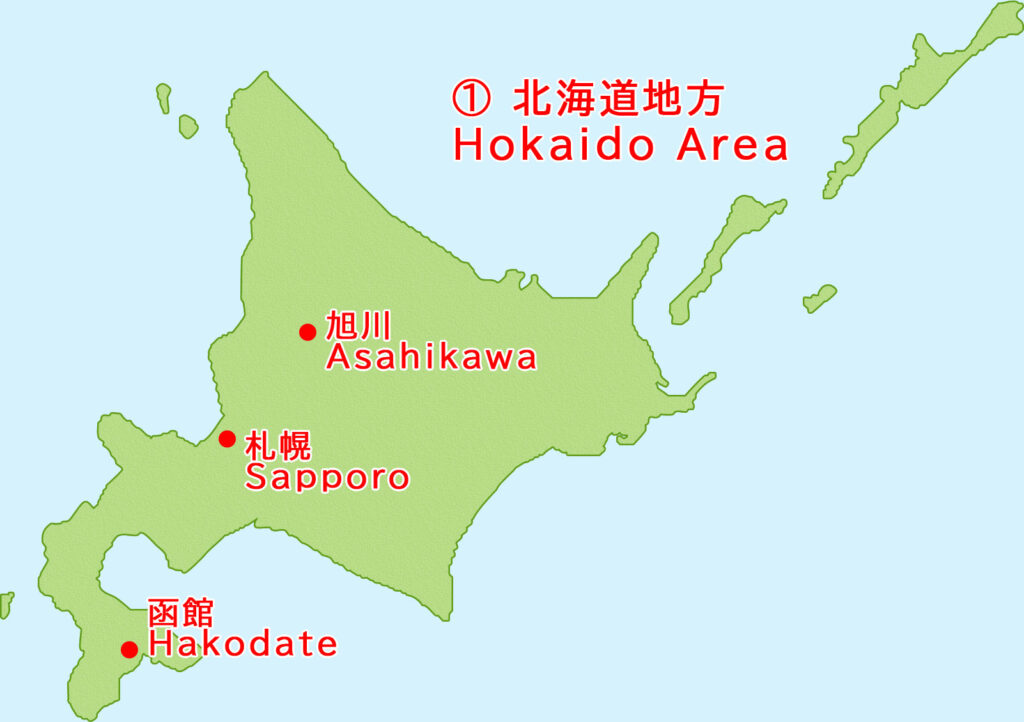
Miso Ramen started after 40 years
It all started as Takeya Shokudo(竹家食堂) in 1922. It is also known as the shop where the name “ramen(ラーメン)” was born.
After that, food stalls such as “Ryuho(龍鳳)” and “Darumaken(だるま軒)” started appearing in Sapporo around 1946-1947. This means that it has a history of almost 100 years.
It is said that the piping hot soup that warms the body was created because it gets quite cold in winter. Each time you order, minced meat, thick sprouts, onions, etc. are stir-fried in a wok with plenty of lard, then miso and pork bone-based soup are added to it, and the dish is served piping hot, this is Sapporo style. Even though it’s quite hot, the lard covers it so no steam comes out, so you have to be careful if you eat it in a hurry because you’ll get burned. Since the vegetables and soup are lightly simmered together, the flavor of the vegetables is added and the soup has a sense of unity.
Garlic and ginger are indispensable in soups, and the good thing about them is that they have a warming effect on the body and make you feel energized.
The noodles are firm, medium-thick, hydrated, curly noodles made with Nishiyama Seimen, which has greatly contributed to the development of Sapporo ramen.
Also, the noodles are kneaded with chicken eggs, giving them a yellow color. Later, many noodle factories opened, but the image of
“Sapporo ramen” was formed by making similar noodles.
Nishiyama Seimen(西山製麺) was founded in the “Koraku Ramen Meitengai(公楽ラーメン名店街)” (1951) (currently “Ganso Sapporo Ramen Yokocho(元祖さっぽろラーメン横丁 1971~)”
One of the eight shops that opened in that time, Darumaken(だるま軒), is the parent company. It is a long-established noodle-making company that has had a reputation for its noodle-making techniques since then, and its noodle-making department was established as an independent company in 1953. Founded in 1947, Darumaken is still operating at Nijo Market(二条市場).
The originator of miso ramen is Aji no Sanpei(味の三平). There are also long-established stores such as “Aji no Rairaiken (味の来々軒/now closed)” and “Aji no Tokeidai(味の時計台).”
Originally, ramen was mainly served with soy sauce flavor, but when
“Aji no Sanpei” created “Miso Aji Men(味噌味メン)” (miso ramen), that changed dramatically. It was around 1954 to 1955 that Aji no Sanpei tried out miso flavor. It became popular after it was published in a magazine.
Mr. Katsunobu Okuma(大熊勝信)’s “Kuma-san(熊さん)” serves miso ramen at Hokkaido product stores in Tokyo and Osaka, gaining popularity and becoming famous nationwide.
With the popularity of miso ramen, ramen shops in Sapporo now offer three types of ramen: soy sauce, salt, and miso.
Around 1960, the image that “Sapporo is miso” became firmly established, especially among tourists.
In other words, for nearly 40 years up until then, Sapporo had a culture of soy sauce ramen.
Additionally, Aji no Kahei(味の華平 founded in 1969), which is said to be the birthplace of butter ramen(バターラーメン), sadly closed in 2020, but the style of adding butter to ramen remains at many shops.
Ramen-Japan / Examples of Ramen Shops
Examples of shops that inherit and serve traditional Sapporo ramen
-
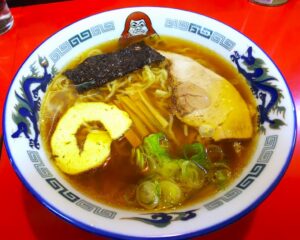
Darumaken (だるま軒 1947) *From the original Sapporo ramen stall
-
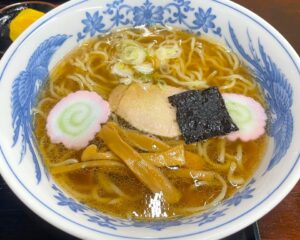
-
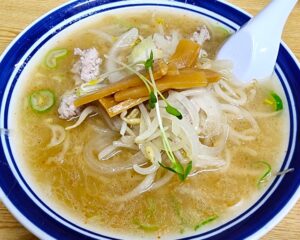
-
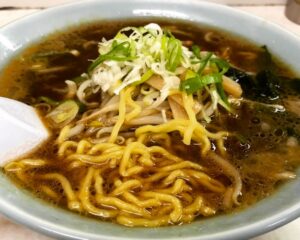
Ramen Houran (ラーメン芳蘭 1953) *One of the eight shops in Ramen Yokocho)
-
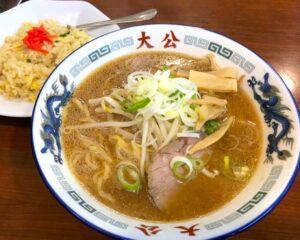
Ramen Taikō (ラーメンの大公 1966) *Small fried rice and ramen set is standard
-

-
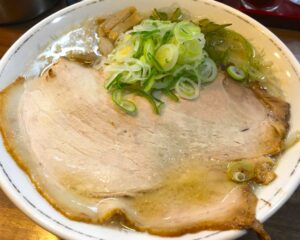
-
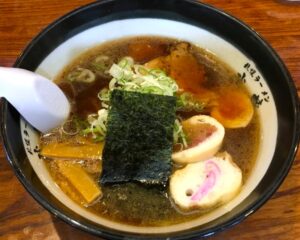
Sapporo Ramen Musashi (札幌ラーメン武蔵 1990) *Independent from Nishiyama Seimen, typical Sapporo ramen
-
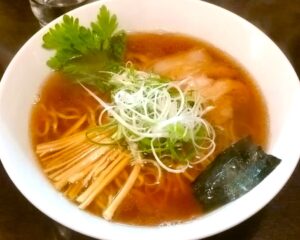
-

Kiraito (喜来登 2010) *Inherited from the long-established miso ramen shop, Itomatsu(糸末 1961)
Jun-Sumi kei (純すみ系)
In 1964, Akiko Muranaka(村中明子) founded “Sumire(純連)” (written in kanji as “Junren(純連)” and pronounced “Sumire(すみれ)”), and her sons opened 2 shops; eldest son’s “Junren(純連)” and the third son’s “Sumire(すみれ)”. The number of people working there has increased, and the number of people who have trained and become independent has also increased. The number of shops with similar flavors has increased. These shops came to be called “Jun-Sumi kei(純すみ系; Junren & Sumire lineage)” from the names of the two shops. In particular, “Sumire” opened a shop at the Shin-Yokohama Ramen Museum(新横浜ラーメン博物館), and its name became known throughout the country.
The use of a wok is the same as before, but the special feature is the use of lard, garlic, and miso to create a piping hot soup with a punch. It was called “Junsumi-kei” by enthusiasts, and New-Sapporo Ramen by the media.
-
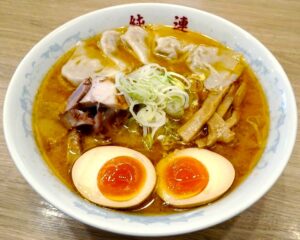
Sapporo Junren Sapporo Main Shop(さっぽろ純連 札幌本店) *Rich soup with spices.
-

Sumire Sapporo Nakanoshima Main Shop(すみれ 札幌中の島本店) *The oil film is thick and super rich.
-
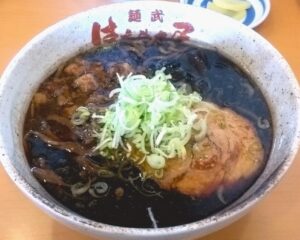
-
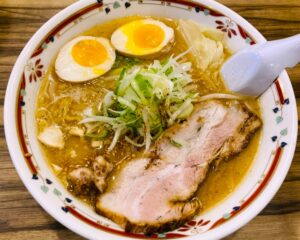
-
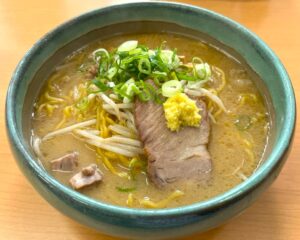
Menya Saimi(麺屋 彩未) *Classic Sumire lineage, featured in Michelin Hokkaido 2017 special edition
-
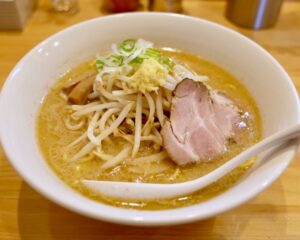
Hachinogi(八乃木) *Noodles are from Morizumi Seimen, purveyor of Sumire
-
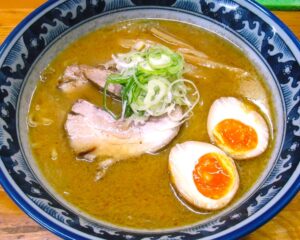
-
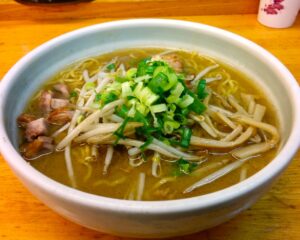
Ramen Iori (らーめん庵) ※Sumire lineage. Ginger is very popular すみれ系 生姜が好評
-
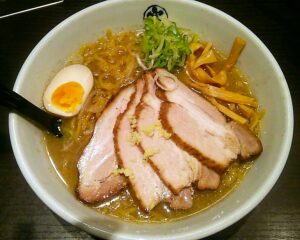
Ramen Sora New Chitose Airport Shop(らーめん空 新千歳空港店) *PSumire lineage at the airport
In 1967, Mr. Tamotsu Aoike(青池保) from Tokyo started “Dosanko Ramen(どさん子ラーメン)”(※Dosanko means “from Hokkaido”) after seeing a Hokkaido product exhibition at a department store. While referring McDonald’s franchise system, the company opened more than 1,000 shops across Japan during its peak period from 1970 to 1980. It determined the popularity of Sapporo miso ramen.
From 1990 to 2000, Asahikawa(旭川)’s traditional soy sauce ramen entered Sapporo, and as a result of this influence, Sapporo ramen has diversified.
“Tetsuya(てつや)” had mastered its unique soy sauce ramen, and other such as “Nanashi(ななし)”, “Murayama(むら山)”, and “Fukuya(ふくや)” ,
Salted pork bone ramen “Gojogen(五丈原)” and “Santouka(山頭火),” and the original Asahikawa miso ramen “Yoshino(よし乃)” and so on.
Ramen Shingen (らーめん 信玄 founded in 1998) is a ramen shop that was born in Ishikari City, Hokkaido, and has become popular in Sapporo, with long lines of customers. They also offer soy sauce and salt ramen based on pork bones, but miso ramen is said to be the most popular in Sapporo. Miso ramen may be in demand in Sapporo.
There are said to be over 1,000 ramen shops in Sapporo. It started with Chinese restaurants, then the emergence and boom of street food soy sauce and miso ramen, the influx of ramen from Asahikawa and other areas, and re-evolution from there. Sapporo, known as the “Ramen Kingdom,” will continue to develop ramen.
Examples of emerging ramen shops in Sapporo
-
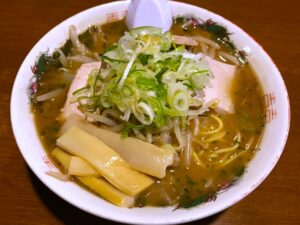
Ittetsu(一徹) *Asahikawa-style and blue perilla ramen is also available
-
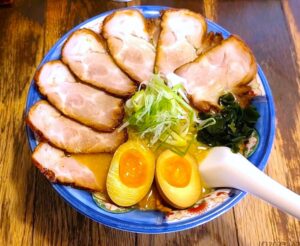
Ramen Tetsuya Minami 7-jo Main Shop(らーめん てつや南7条本店) *Original soy sauce ramen
-
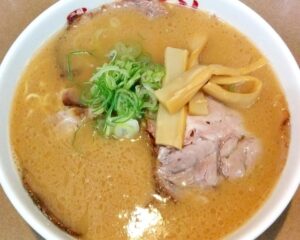
Asahikawa Ramen Nanashi(旭川ラーメン ななし) *Uses Asahikawa Kato noodles
-
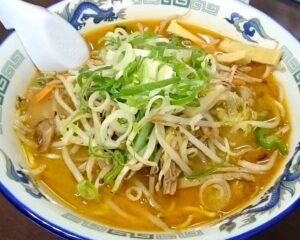
-
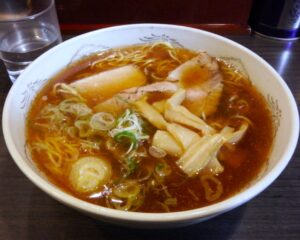
Showa Ramen Fukuya(昭和ラーメン ふくや) *Asahikawa type, 500 yen provided
-
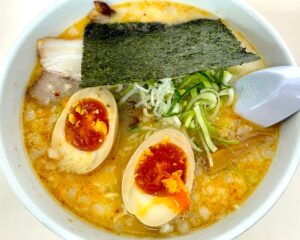
-
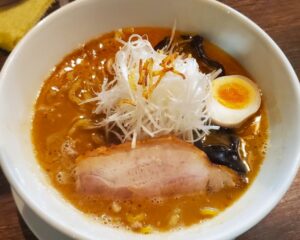
Menya Yukikaze Susukino Shop(麺屋 雪風すすきの店) *Chewy noodles with strong umami soup
-
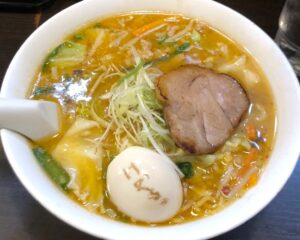
Keyaki Susukino Main Shop(けやき すすきの本店) *The character “Keyaki” is written on the boiled egg
-
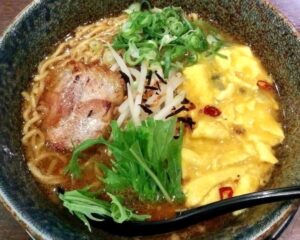
Ramen Sapporo Ichiryuan(ラーメン札幌一粒庵) *Holds up a 5-star green lantern (uses local ingredients)
-
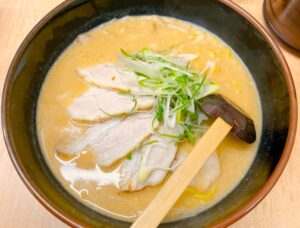
Ramen Shingen Hanakawa Main Shop(らーめん信玄花川本店)*Named after a Sengoku warlord. Popular Shop
-
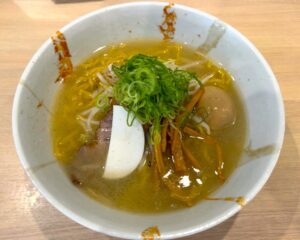
Sapporo Menya Mitsuba(札幌麺屋美椿) *3 types of miso/From Menya Saimi(麺屋彩未)
-
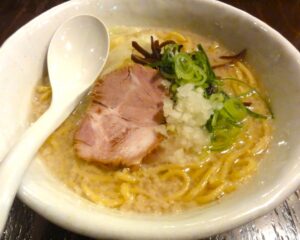
Yama Arashi Main Shop(山嵐 本店) *Backfat pork bone is popular/“rich but light” soup
-
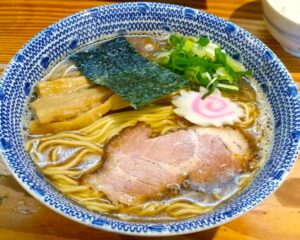
-
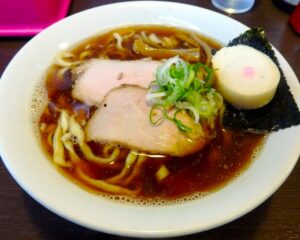
Ramen Thursday(ラーメン木曜日) *the dried sardine soup is main taste of its soup
-
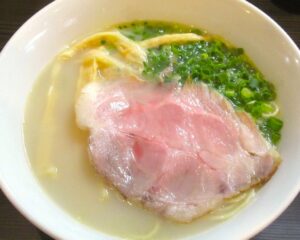
-
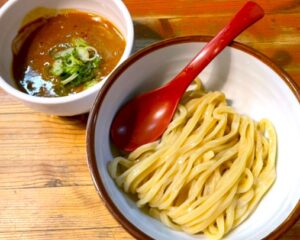
Menya Takahashi(麺屋 高橋) *Popular for its tsukemen. Trained at “Tetsuya”
-

-
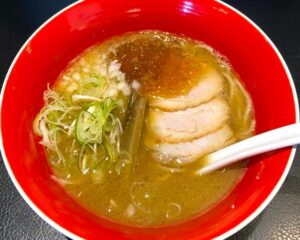
Examples of shops serving Sapporo ramen in the Tokyo metropolitan area
-
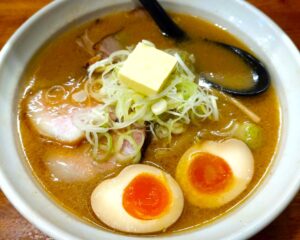
-
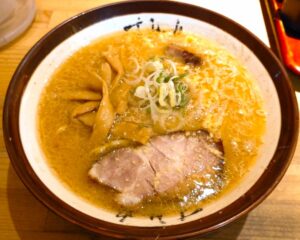
-
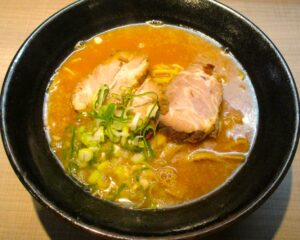
-
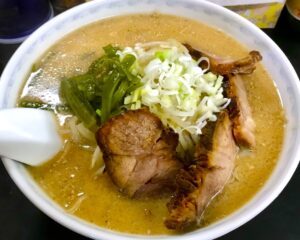
-
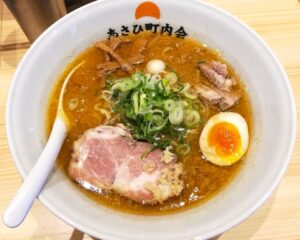
-
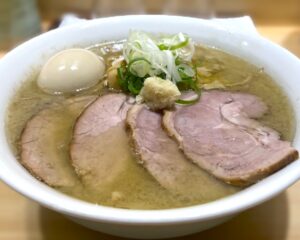
-
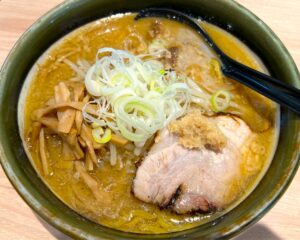
Ramen Go(ラーメン郷) *Sumire lineage rich miso ramen (Yamato City, Kanagawa Pref./Tsuruma Sta.)
-
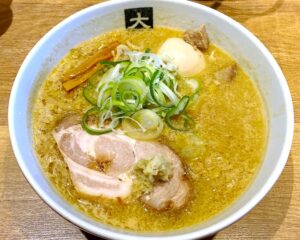
Oshima(大島) *Sumire lineage, you’d lined up, but turnover is fast (Edogawa Ward, Tokyo/Funabori Sta.)
-
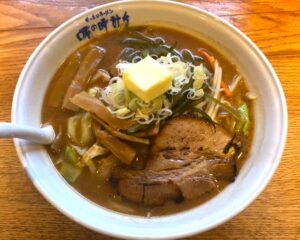
-
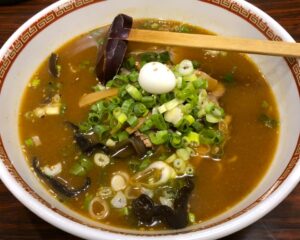
-
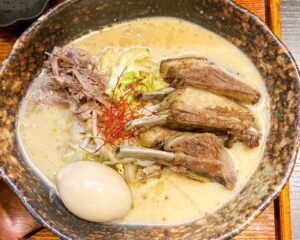
-

Fukurou(福籠) *From “Sumire Kyoto Shop” (Taito Ward, Tokyo/Asakusabashi Sta.)
-
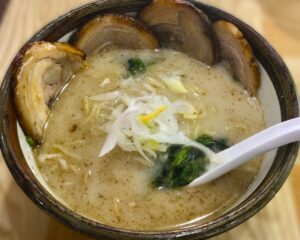
Shinbusakiya(真武咲弥 渋谷店) *The grilled miso ramen smells great (Shibuya Ward, Tokyo/Shibuya Sta.)
-
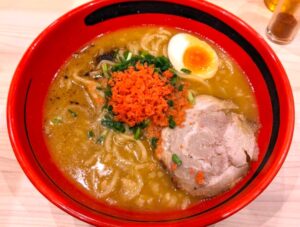
-
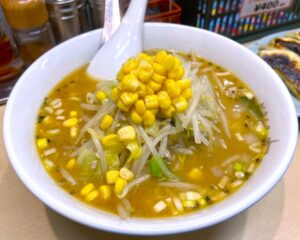
Examples of Sapporo ramen that can be purchased at supermarkets and online stores
You can purchase it at supermarkets, drugstores, and official online stores throughout Japan (delivery within Japan only).

